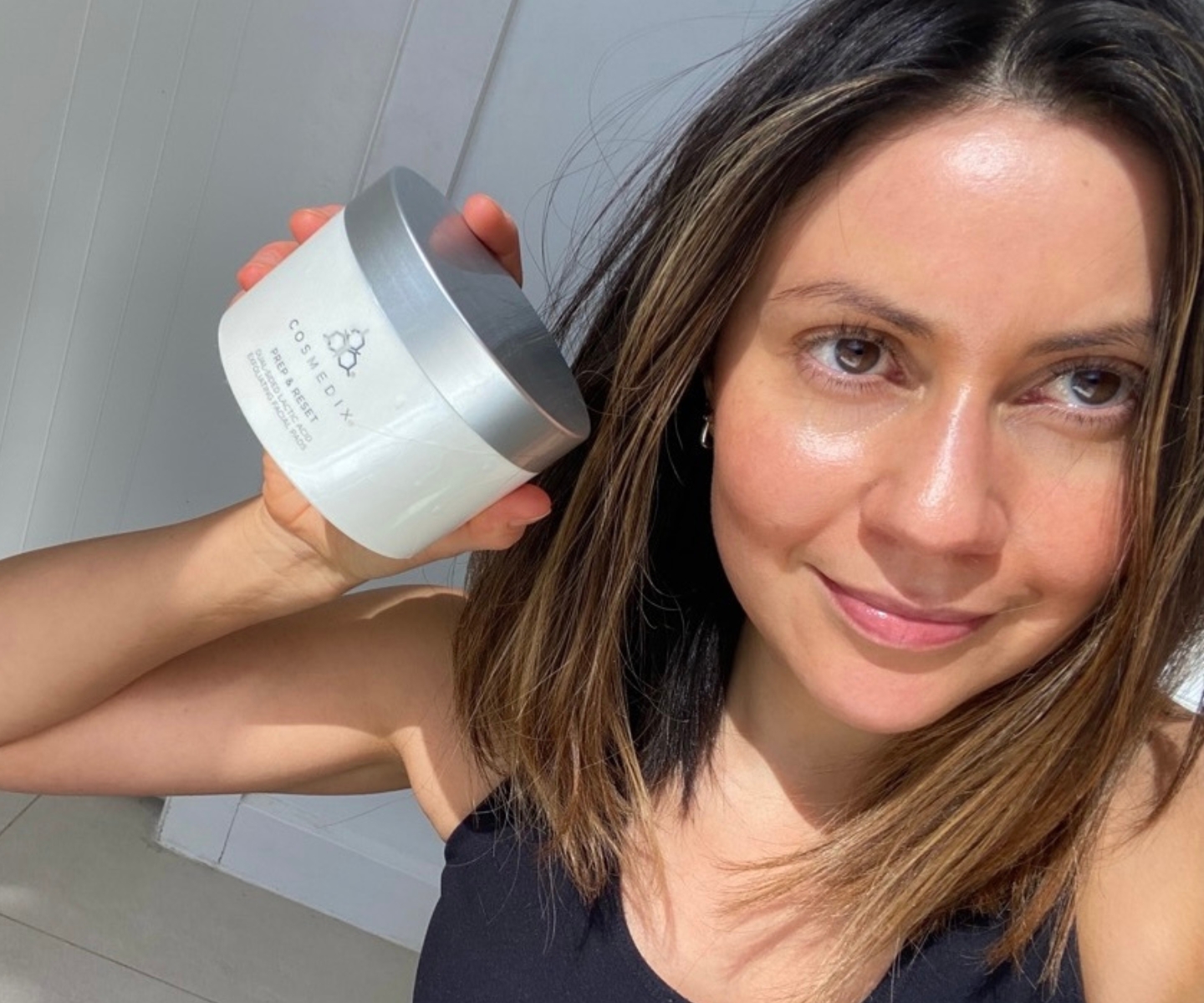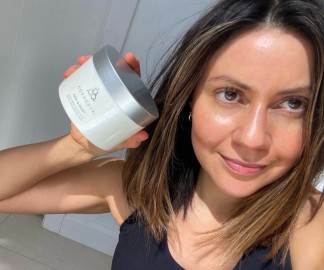
Exfoliating is one of my favourite things to do - both on myself, and on my clients.
Honestly, there’s nothing better than removing dead skin cells to make you feel brand new.
That is essentially what exfoliating is. It’s sloughing away at dead skin cells from the skin’s surface for a more radiant and glowing appearance. It can also make your products work more efficiently.
However, the downside to exfoliation is that a lot of people tend to do this step incorrectly.
Whether by accident (because you’re not aware that chemical exfoliants live inside your products), or on purpose, (because you love that glowy fresh feeling that chemical exfoliants provide) I come across both extremes in clinic all the time.
So let’s break down how to exfoliate correctly and answer some of your FAQ’s.
Starting with the most common…
How Often Should I Be Exfoliating?
This is so skin dependent and there is no one size fits all - which I know, I’m sorry is not that helpful at all.
Some skins struggle with once-a-week exfoliation, while others do best with a daily exfoliation. Your skin type as well as the other products in your routine matter.
Which is why it’s important to know where they are in your routine - and sometimes chatting to a Dermal Therapist for advice can help.
How Can I Tell if I’m Over-Exfoliating?
Over-exfoliation is the most common issue that pops up in both my online and in-clinic consultations. So here are a few signs to watch out for:
Sensitised skin - so any stinging or burning sensation when you’re applying products.
Dryness/dehydration - can be like an uncomfortable or tight feeling.
Redness.
Increased breakouts.
Skin flaking.
Should I Use a Chemical or Physical Exfoliant?
This again, depends on your skin.
A chemical exfoliant uses chemical compounds like alpha-hydroxy acids (AHA’s), beta-hydroxy acids (BHA’s) or even poly-hydroxy acids (PHA’s) to help with your skin cell turnover.
AHA’s like lactic acid are great for most skins and if you’re unsure, a product like the
Cosmedix PREP AND RESET: Dual-sided Lactic Acid Exfoliating Facial Pads peel pads are a good place to start.
Again, lactic acid is a great chemical exfoliant and these tiny pads soaked in lactic acid make remembering your exfoliating step easy.
One side is textured so when you rub it on your face you actually feel the exfoliation and the other side isn’t.
You can do either side, or both.
I like to rub the smooth one first, then the textured one for a more intense exfoliation.
You leave the solution on the skin for 10-15 mins then rinse off and follow with your serums (hydrating, non-active only) and moisturiser. Best for PM.
If you’re oily or acne-prone though? BHA’s, like a salicylic acid, might be better for your skin as they work not only on the superficial layer of the skin, but they are also oil-soluble which means they can help clear out the pores and remove dirt and oil build up along with dead skin cells.
For irritation-prone skin try: Medik8 Press & Clear - this is a salicylic acid based toner you can use on congestion prone skin. Or even just on your t-zone.
While glycolic acid is better for a thicker/more mature skin and is also great for helping with pigmentation.
For pigmentation and mature skin try: Medik8 Sleep Glycolic 30ml - I know this is a glycolic acid based product, but it is still quite gentle. The formula is creamy and the delivery system = minimal irritation. Not best for every day.
PHA’s on the other hand, are best for a more sensitive skin as they don’t penetrate as deeply and shouldn’t be irritating on the skin.
For sensitive skin try: Medik8 Press & Glow 200ml - this is a very gentle PHA based toner. Great for a more sensitive skin.
And finally, we have physical exfoliants. These often use small granules to buff away at the dead skin.
These are not for everyone, but I don’t think they are bad on the right skin.
And there is no need to use both in a routine - except if you want to. A physical can be great for t-zone congestion.
For t-zone congestion try: Skinstitut Glycolic Scrub 14% - this product is quite strong as it combines both physical exfoliation with a chemical - so it is not for everyday use.
Although it can be great on the right skins and I personally love it on my body to help buff away old tan.
Check out our YouTube video on the basics of exfoliating below:




